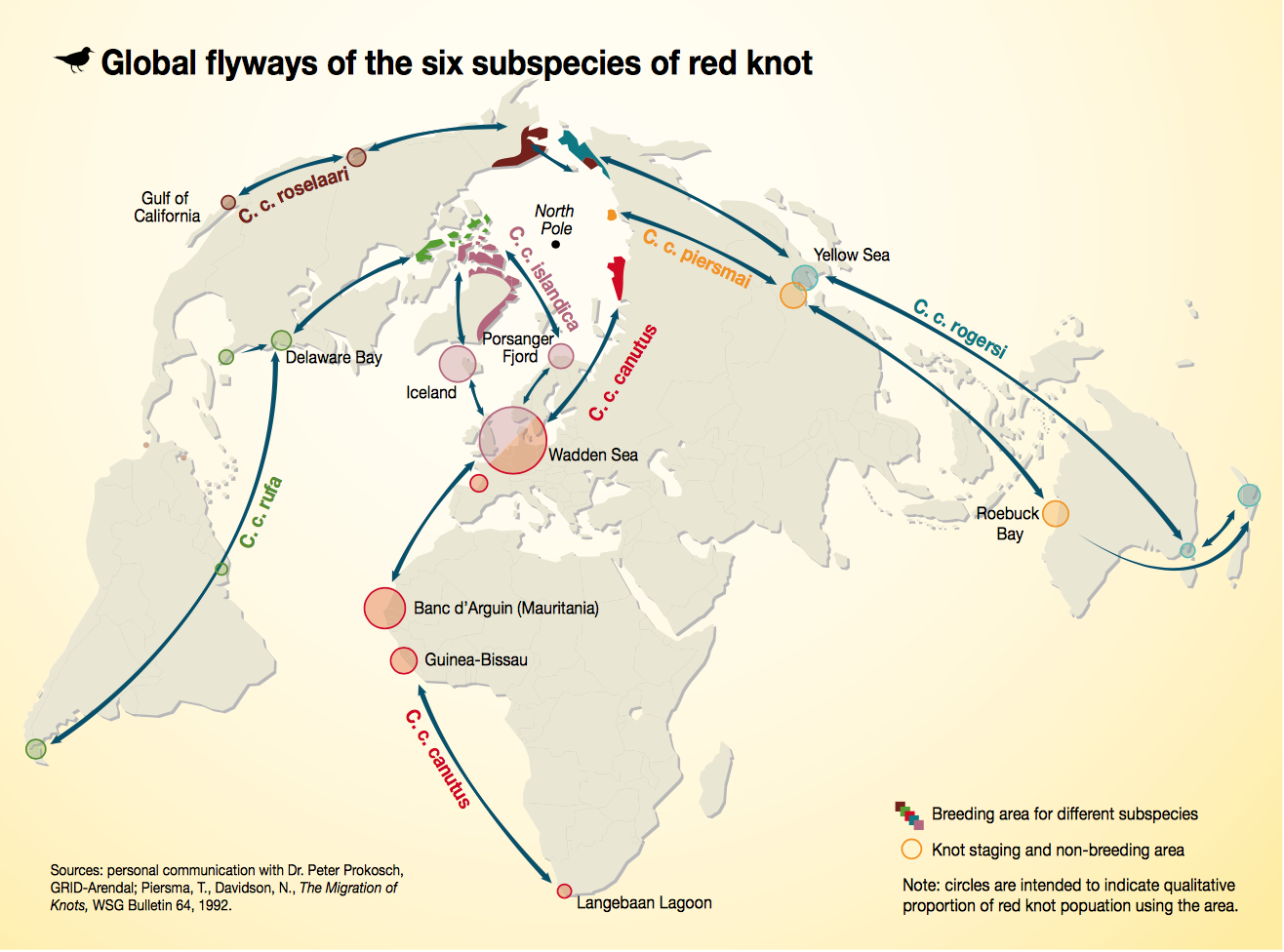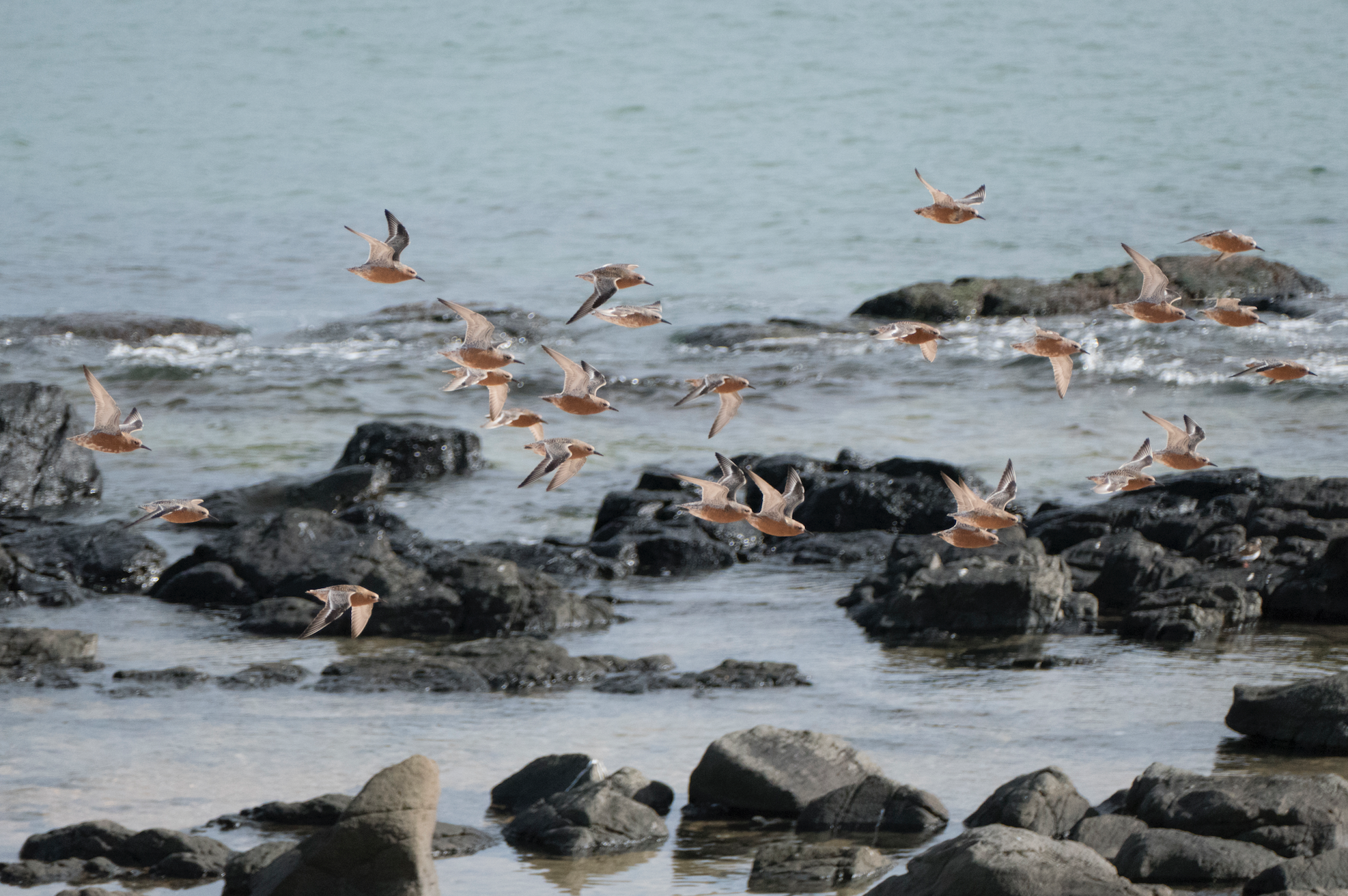 In the June-edition of the SEVENSEAS marine conservation and travel LT&C’s post on the World Migratory Bird Day (May 10) has been republished. The entire SEVENSEAS Media website at sevenseasmedia.org, has been rebuild, now with new features and an integrated jobs portal. Now articles are readable and shareable from all devices. The SEVENSEAS magazine is much aligned with the mission of LT&C and features on a regular basis LT&C-Examples, where tourism is supporting protected areas.
In the June-edition of the SEVENSEAS marine conservation and travel LT&C’s post on the World Migratory Bird Day (May 10) has been republished. The entire SEVENSEAS Media website at sevenseasmedia.org, has been rebuild, now with new features and an integrated jobs portal. Now articles are readable and shareable from all devices. The SEVENSEAS magazine is much aligned with the mission of LT&C and features on a regular basis LT&C-Examples, where tourism is supporting protected areas.
Coming back to the World Migratory Bird Day and the worlds most exciting migratory bird, the red knot: There is meanwhile a proposal of the East Asian-Australasian Flyway Partnership on the table for a Year of the Knots. As described in the GRID-Arendal report for UNEP-CMS “Living Planet: Connected Planet“, this shorebird travels up to 20,000km twice a year from its breeding grounds, the high Arctic tundra, to its southern non-breeding sites. Along with having one of the longest total migrations of any bird, some populations also fly as much as 9,000km between refuelling sites in a single flight. As a bird breeding in the circumpolar High Arctic it travels with its
 different subspecies along the coasts of all continents of the world and connects to important tidal flat areas, many of them already protected or in need to become national parks or other marine protected areas. Well known “airports” in terms of knot-staging and refuelling sites are often crucially important also for other biodiversity. Good examples are the national park Banc d’Arguin in Mauritania or the UNESCO World Heritage Site and LT&C-Example “Wadden Sea”. Other such areas, which are in need to be better protected are e.g. in the Yellow Sea of Korea and China or Delaware Bay in the US. In the later we presently have our student member (rockhopper penguin) and remote intern, Mike Brock, finding out in what way the local tourism business is supporting or could support better protection of the Bay.
different subspecies along the coasts of all continents of the world and connects to important tidal flat areas, many of them already protected or in need to become national parks or other marine protected areas. Well known “airports” in terms of knot-staging and refuelling sites are often crucially important also for other biodiversity. Good examples are the national park Banc d’Arguin in Mauritania or the UNESCO World Heritage Site and LT&C-Example “Wadden Sea”. Other such areas, which are in need to be better protected are e.g. in the Yellow Sea of Korea and China or Delaware Bay in the US. In the later we presently have our student member (rockhopper penguin) and remote intern, Mike Brock, finding out in what way the local tourism business is supporting or could support better protection of the Bay.



